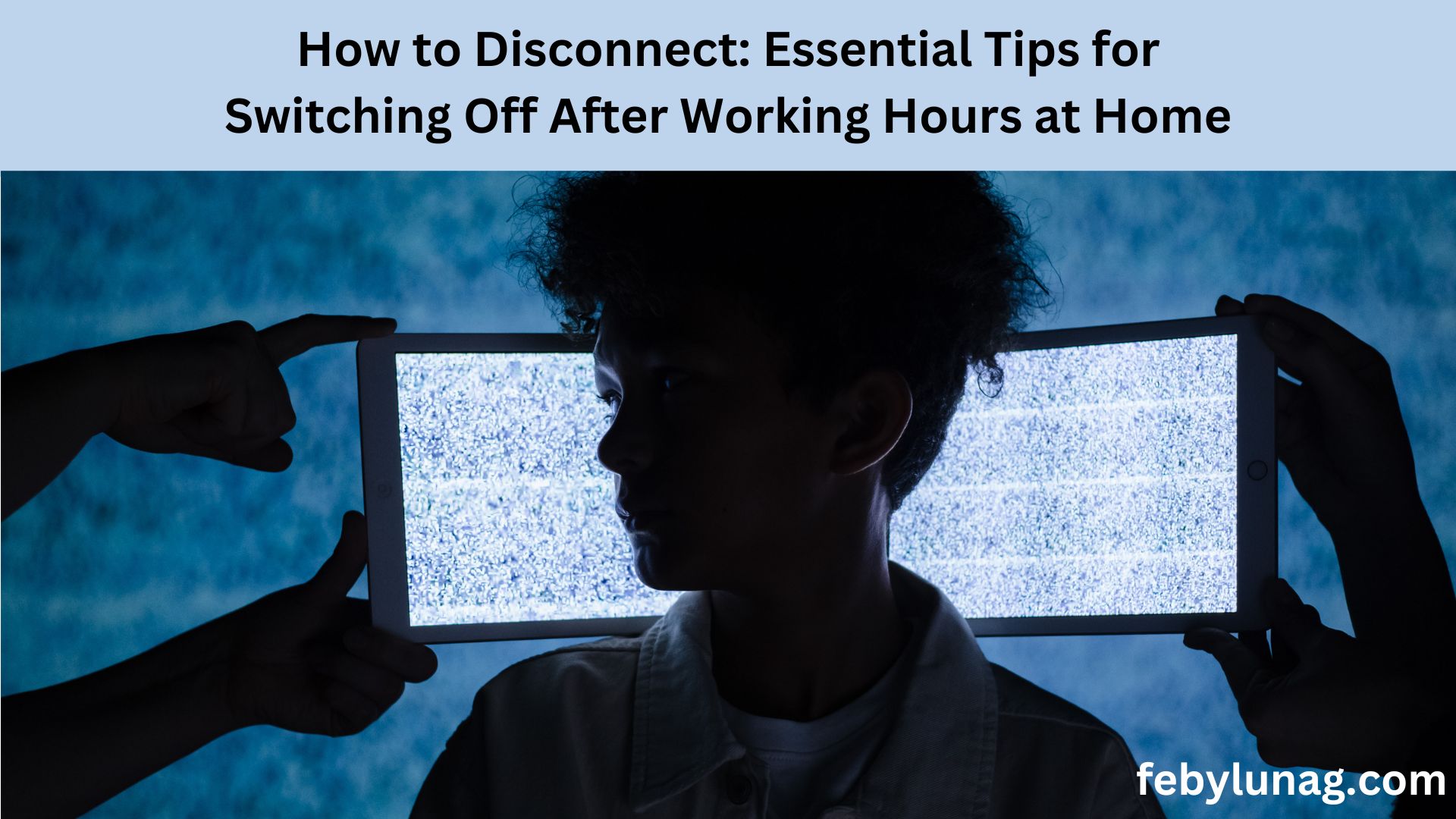In the era of remote work, one of the biggest challenges professionals face isn’t staying productive—it’s knowing when to stop. With no commute or physical office boundary, many remote workers find their professional and personal lives bleeding into one another, making it harder to truly switch off. This ongoing connection to work can lead to burnout, anxiety, and decreased performance over time.
If you find yourself checking emails late at night, struggling to relax on weekends, or constantly thinking about work tasks while cooking dinner, you’re not alone. In this blog, we’ll cover essential strategies to help you create clear boundaries, develop healthy end-of-day rituals, and actually enjoy your time off—without guilt.
Why Disconnecting Matters
When you don’t fully disconnect from work, your brain doesn’t get the chance to recover. Constant stimulation—emails, notifications, problem-solving—keeps your stress response activated, preventing your body and mind from relaxing.
Benefits of Disconnecting After Work:
- Improved sleep quality
- Better mental health and reduced anxiety
- Increased productivity during work hours
- Stronger personal relationships
- Enhanced creativity and problem-solving
Recognizing the Signs of Poor Work-Life Boundaries
| Sign | Description |
|---|---|
| Constant checking of work messages | Even during meals or time with family |
| Guilt when resting | Feeling “lazy” for not being productive 24/7 |
| Trouble sleeping | Brain won’t stop replaying your to-do list |
| Lack of hobbies or social time | Work becomes your entire identity |
| Feeling burned out | Even with a relatively light workload |
Awareness is the first step. Once you recognize the signs, you can take action.
Step 1: Set a Hard Stop Time—and Stick to It
Set a firm boundary for when your workday ends and communicate it to your team, clients, or employer. Consistency is key.
Tips:
- Use calendar alerts to remind yourself 30 minutes before end-of-day
- Block out the final 30 mins for wrap-up tasks, not new ones
- Mute work-related apps or platforms like Slack and Gmail after hours
Apps That Can Help:
| App | Function |
| Clockify | Tracks time, sets work limits |
| RescueTime | Alerts you when you work overtime |
| Daywise | Batches notifications to specific hours |
Step 2: Create a Shutdown Ritual
Routines help signal to your brain that the workday is ending.
Shutdown Routine Checklist:
- Write down 3 key accomplishments from today
- List top 3 priorities for tomorrow
- Close all browser tabs and apps
- Physically shut down your computer
- Turn off work notifications
- Tidy your desk or workspace
| Ritual Element | Purpose |
| Logging off | Symbolically ends your digital workday |
| Cleaning up | Prepares a fresh start for tomorrow |
| Journaling or reviewing tasks | Clears mental clutter |
Step 3: Transition with a Buffer Activity
Your mind needs time to shift from “work mode” to “home mode.” A transition ritual helps ease that change.
Ideas for Buffer Activities:
- A 15-minute walk
- Quick home workout or stretch
- Taking a shower or changing clothes
- Listening to a podcast or playlist
These simple shifts signal to your body and mind that it’s time to relax.
Step 4: Designate Tech-Free Zones or Hours
Technology is a major barrier to disconnection. Establishing tech-free spaces or times can dramatically reduce overstimulation.
Tech Boundaries to Try:
- No phones during meals
- No work apps after 7 PM
- No screens in the bedroom
| Tech Rule | Benefit |
| Screen-free hour before bed | Better sleep and mental clarity |
| Work phone off during weekends | Improved presence and quality time |
| “Do Not Disturb” mode | Less reactive and more intentional living |
Step 5: Reclaim Your Evenings with Enjoyable Activities
To truly disconnect, you need something more rewarding than just “not working.”
Evening Activity Ideas:
- Cook a new recipe
- Read fiction or listen to an audiobook
- Do a creative hobby (drawing, crafting, etc.)
- Spend quality time with loved ones
- Take an online class in something fun (photography, dancing, etc.)
Creating emotional contrast between work and non-work time helps rewire your brain for better rest.
Step 6: Practice Mental Disconnection
Sometimes, we stop working physically—but not mentally. That’s where mindfulness comes in.
Mindfulness Tips:
- Practice a 5-minute breathing exercise
- Try a body scan meditation
- Keep a “worry journal” to release racing thoughts
Helpful Apps:
| App | Focus Area |
| Calm | Sleep and meditation support |
| Headspace | Daily mindfulness and stress management |
| Insight Timer | Wide variety of free meditations |
Step 7: Reevaluate Work Boundaries Regularly
What works one month may not the next. Periodically assess your habits and make adjustments.
Review Questions:
- Am I consistently working beyond my set hours?
- Do I feel recharged in the morning?
- Have I had enough time for family or hobbies this week?
If your answers show imbalance, tweak your schedule or rituals accordingly.
Final Thoughts
Creating work-life balance in a remote setup takes more than willpower—it takes systems. By setting boundaries, building routines, and investing in your off-hours, you protect not just your time, but your mental health and quality of life.
Disconnecting is not about doing less. It’s about living more, recharging fully, and showing up better every day. Start small, stay consistent, and give yourself permission to truly log off.







Leave a Reply